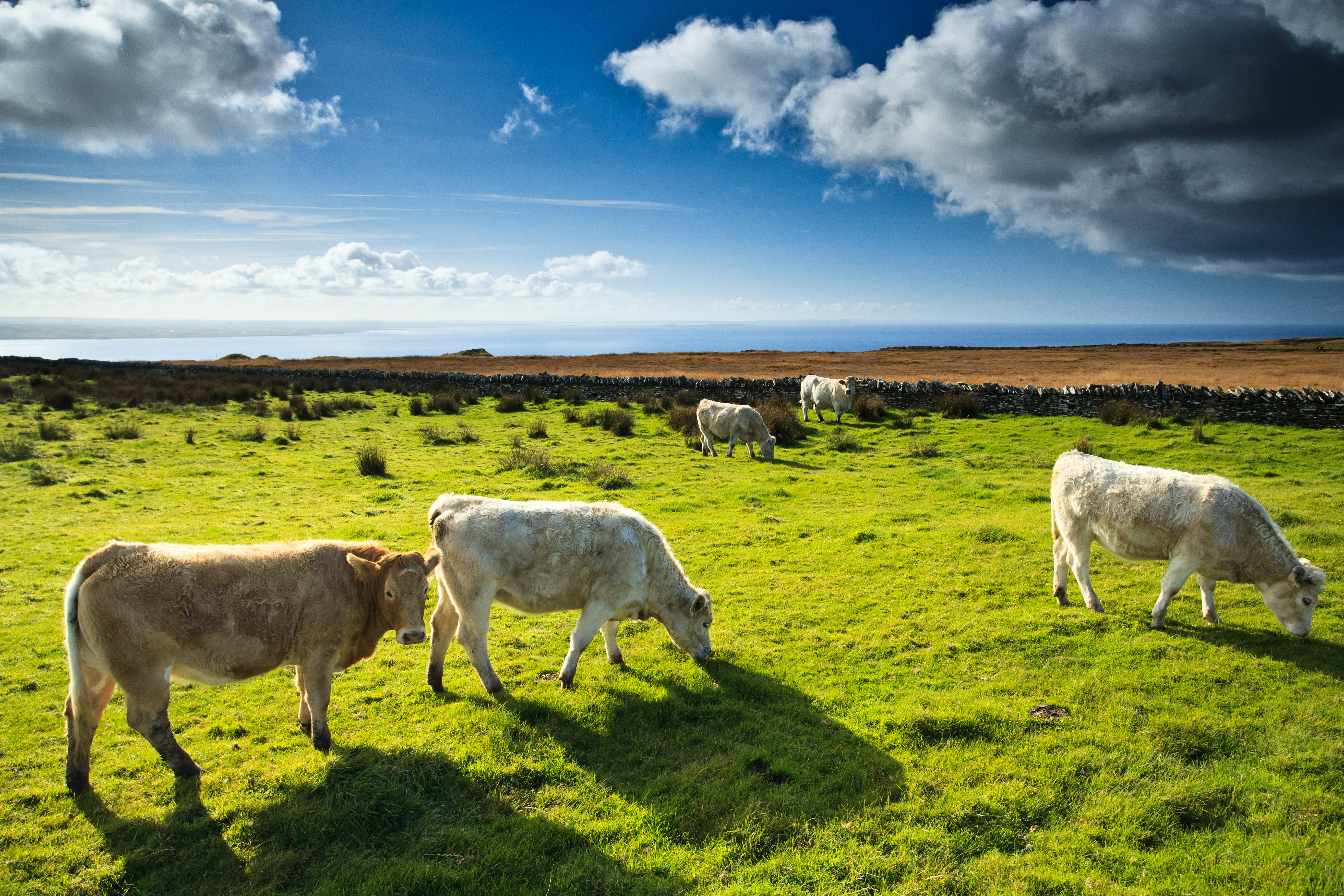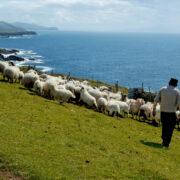Case Study: Dairy Farmer
How to get the most from farming without letting it destroy your life: Part 4
In parts 1, 2, and 3 of this article, I have looked at the challenges faced by farmers today, how these challenges can cause problems in your life, and finally identified a step-by-step process to help you bring about a solution.
So how do you apply this solution into a real life situation?
Case Study 1: Dairy farmer
I recently spoke with Seamus and Una who run a dairy farm in the midlands. They are both in their late forties. They have three teenage children, two boys in secondary school and one girl in third level.
They rear their own replacements as well as a small group of cattle they take to beef at approximately two and a half years of age.
While they are carrying significant debt due to farm development over recent years, their household income is satisfactory and they do not have any real financial worries. However, they do have problems.
The big issue for Seamus and Una is that they work extremely long hours. All three children play sport but Seamus rarely gets to see them play. Una’s evenings are often taken up looking after the children such as taking them to hurling or camogie matches. This gives her an opportunity to meet with other parents. However, Seamus rarely finishes the farm work before 8pm, even at the weekend. There is always work to be done, whether it is physical work on the farm or completing paperwork. He worries a lot about meeting quality standards and all cross-compliance issues and seems to be regularly falling behind on requirements. A lot of talk in recent years about making changes in dairy farming to prevent damage to the environment also worries Seamus. While the children do help out, their parents do not wish to take the children away from their studies. By the time they get their work finished in the evening they are simply too tired for family activities. Seamus says it is difficult to find the opportunity to spend quality time with Una or the children. Seamus often misses important family events and rarely engages in leisure activity. He now finds himself losing interest and is worried about the long-term future of the farm.
Solving the problem
A conscious decision to find a solution is essential. Otherwise, the problems are likely to escalate for Seamus, Una and family. They need to stop, reflect and plan a step-by-step approach.
Step 1. It is important to clarify what the problem is. The farm is impacting almost every area of Seamus and Una’s life.
- They acknowledge they spend too much time working on the farm, especially Seamus.
- They fear this is having an impact on their relationship.
- While Seamus feels he is in good health he rarely sees a doctor and has no time for recreation.
- Seamus regrets having rarely seen his children play their respective sports.
- The stress of all of this is bothering Seamus more and more recently.
Most of the areas are interrelated. By taking a few small steps, improvements could be made in a number of areas of life for Seamus and Una.
To get started Seamus might prioritise finding a way to make small reductions in his workload and make time available to spend with Una and the family.
They dream of finishing work at a reasonable time in the evening and having the opportunity to spend more quality time together.
Step 2. Seamus and Una must break this down into manageable goals. What are the specific actions they can take to move in the right direction?
Step 3. They then need to identify options. For example, are there options for reducing the workload? In the short term they might hire a relief milker for a few evenings per week. Are there some jobs that Seamus could switch from evenings to the mornings or a slack time of the day? Longer term, he might consider dropping an unprofitable farm enterprise or outsource some of the work.
Step 4. Once options are chosen a plan of action must be put in place to ensure these happen.
Step 5. As this plan is implemented and the goals are achieved one by one, they will gradually see improvements in their situation. They can then start to work on another problem. Over time, they need to target several areas of life. The aim should be to live a balanced life, so that Seamus and his family can reap the rewards.
The key to success is clarifying the problem and identifying the steps to bring about a solution. But you must take the first step. Further details available on www.freshpastures.ie
In the next and final part of this series, I will look at one part time drystock farmer to see how the process above might be used to help him find a solution.











